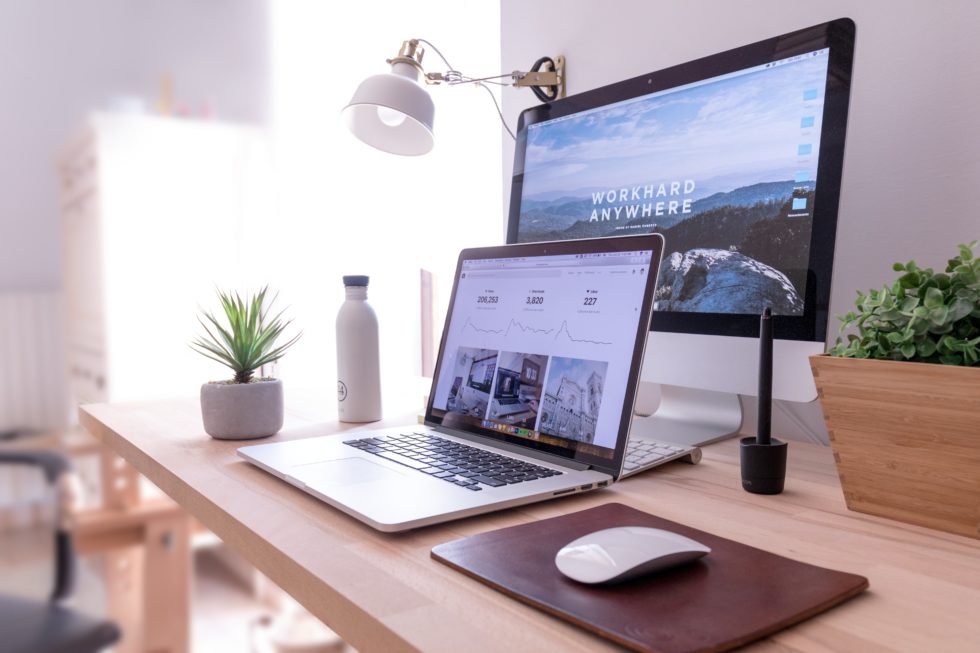A first impression can define a relationship; this even rings true in a first impression a customer has with your business.
I recently started as the new Inbound Marketing Consultant (IMC) with Riverbed Marketing and went through a lot of introductions, both with Todd, our CEO and the team, as well as Riverbed clients.
As I jumped into my new role, I started to consider how important my first impression of Riverbed was. I realized how much I wanted to make a great first impression to all the new people I was meeting and how that relates to marketing and ways brands can put their best foot forward when a customer visits their website for the first time.
When a potential customer visits your website, they will most likely land on either the home page or a specific landing page within your site. These pages are the introduction that visitors have with your business, so you want to ensure your website is engaging.
Table of Contents
ToggleMake an Impression, and Make It Quick!
How long do you think it takes to make an impression on someone landing on your site?
50 Milliseconds.
That’s right, 0.05 seconds!
A study done at Carleton University showed that a visitor decides as to whether the website is appealing in 0.05 seconds. That’s a lot of pressure and not a lot of time.
With such a short amount of time to convey your brand message and engage that visitor you need to be able to answer three questions quickly:
- Who you are?
- What are you selling?
- What makes you unique and relevant?
You don’t want to over-think these questions – however, without acknowledging them you might be losing visitors who could turn into potential customers. Answering these questions and creating engaging content for these visitors helps push them deeper into your website, and further into the sales process.
So, you might be asking, OK great that makes sense but how do I do this?
Let’s dig into each question.
- Who Are You?
The answer to this question should be obvious. What’s your company name? Are your name and logo visible? When a visitor logs onto your page, they should know what business they are interacting with instantly. The “you” should reflect in your company URL – on your site and the display URL used in ads.
- What Are You Selling?
What you are selling is of importance if the service you offer is not obvious from your company name. A visitor shouldn’t have to read through your website to understand what your business does; they most likely won’t get to that point they’ll just move on. So, make it clear and obvious what your business is all about.
- What Makes You Unique and Relevant?
The trickiest of the three questions, but should be easy for you to answer. What makes your business unique? How do you stand out amongst your competitors? When a visitor comes to your website looking for what you offer, what will make you different enough for them choose you? Let all that is remarkable about your business come out.
Ok, now that you’ve answered the three questions and you know what you’re going to say, we can move into design.
Design Aspects
Website design can sometimes get overlooked. You have so much to say, and you don’t want to leave anything out that how it’s presented on your website hasn’t even entered your mind.
To get you started, let’s look at four design aspects you should consider:
- Color Scheme
Will your color scheme connect with visitors? Is it appealing? Color is a big deal and can make or break a website. If it’s unappealing and hard to look it, visitors won’t stay. Another aspect to consider is your logo, does it flow well or match the colors in your logo. You want to present an overall branding and color has a lot to do with that.
- Typography
I’ve had the pleasure to work with a lot of designers, and you’d be surprised how much time is devoted to finding the right typography for an ad or a website. If you haven’t spent time looking at the font you’re using on your site, you probably should. There are a lot of great sources out there to get fonts one of my favorites is Font Squirrel.
If you decide to go with a font that isn’t on the list of web safe fonts, make sure you take the appropriate steps to add your font to your CSS.
- Images
How many do you have? Do they relate to your content? Will these images connect users with your brand? These are all questions you should ask when adding images to your site. Images are an important part of a website; most visitors are looking for visuals and although there is a place for content without pictures, it’s a way to pull visitors into reading and to connect with your content. Another aspect of images you want to double check is to make sure they have the appropriate Alt tags and if needed a source tag.
- Branding
Is your site well branded? With only 50 milliseconds to connect, you want to ensure visitors knows whose site they’re on. You want to look at not only the home page but all your website to see if your branding flows through all the pages. Another aspect to consider with branding is, does it apply to other branded materials? For example, if I pick up a flyer and go to the site listed will it correlate, so the visitors know they’re on the right site? Branding is one aspect that involves all the three elements listed above.
Acknowledging these design aspects throughout your site creates a positive professional impression of your business.
Landing Pages
Having an incredible home page is important, it’s most likely the page most visited on your site. We also know that visitors especially when they are visiting through an ad, are probably guided to a landing page. This landing page is an opportunity to make a great first impression with targeted content.
The previously mentioned design tips can and should flow through to your landing page, but it also has some other elements needed to be successful.
Here are some tips for making your landing page attractive to visitors:
- Introduce your brand and what you have to offer, think the three questions. You want to ensure you’re giving all that information to visitors to encourage them to stay.
- Add an interesting image or video that relates to the page content. Video is a huge trend for 2017, so create videos about your brand, what you’re offering, your team, anything really and use relevant ones throughout your website.
- Outline the benefits of what you’re offering. With a landing page, you can be more specific in what you’re offering. You can narrow down specific benefits or products you offer because the pages are more targeted.
- Use testimonials or links to your social media – This provides proof of how awesome you are. Plus, people love seeing what others are saying about you on social media. So, add some links.
- Have a strong call to action. What do you want this user to do? You’ve followed all the above steps; if there isn’t a strong call to action to get them to take the next step and take the desired action or purchase from you, make that easy and prominent on the page.
Your landing page content should communicate with your ideal customer in mind. Create a few different landing pages describing the various offerings your brand has, or the different personas you want to target.
These pages can represent something as simple as different geographies you want to focus on. Developing different landing pages gives you the opportunity to tailor the information and gives you an edge on pointing your audience further into the sales process.
Now that I’ve given you a list of things to consider for your website, and helped to make sure you and your business always make a good first impression, pop over to my LinkedIn or send me a message and introduce yourself – I promise I’ll make an excellent first impression 😉











